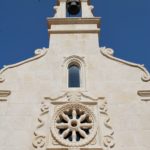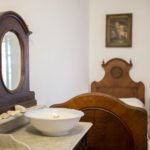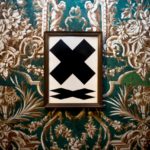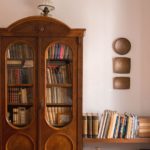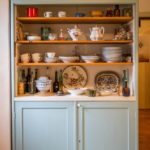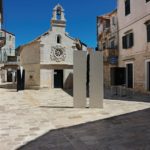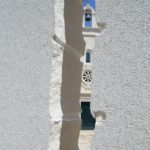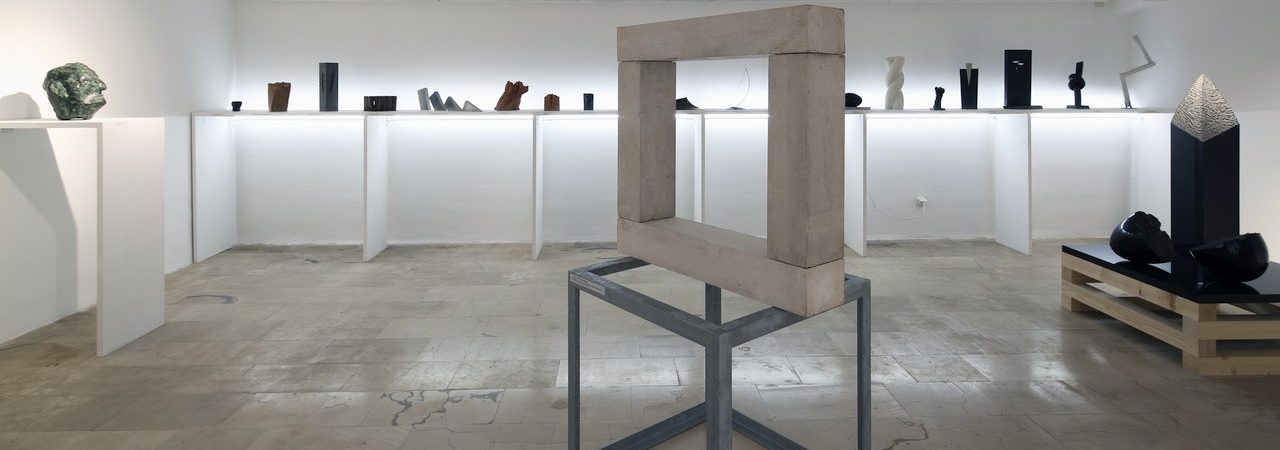
DOBROVIĆ HOUSE
Jelsa
The Dobrović house is located on the north edge of St. John’s square in Jelsa, right beside a 16th-century baroque church dedicated to the same saint. The house in its present form was refitted in the 19th century and today, along with its extremely well-preserved interior, remains one of the best examples of neoclassical architecture in Jelsa. That is why the house is protected as a national cultural heritage site. It belonged to a merchant family Dobrović who was very involved in the cultural and intellectual life of Jelsa. The last permanent resident of the house was Juraj Dobrović, an internationally renowned visual artist.
The permanent exhibition of the Dobrović house has been designed from two museum collections. The Cultural-historical collection is mostly presented on the first floor and it consists of the authentic interior specific to the 19th and 20th century, as well as various decorative and everyday objects that tell the story of a life of an urban family from the time of significant economic and cultural growth in Jelsa. This ambience is enriched with the artwork from the Collection of prints, paintings and reliefs of Juraj Dobrović. The interaction of the rational, pure, contemplative and analytical traits that describe the artistic persona of Juraj Dobrović with the cultural and historical surroundings that were built and treasured by previous generations of the artist’s family is what makes this conceptualised permanent exhibition unique. The “Kravata” gallery is located on the ground floor, where the Dobrović family used to run their textile store. Its name (Kravata – necktie) was inspired by the eponymous series of works of Juraj Dobrović. The name also refers to the well known fact that neckties, worn usually by men for decorative purposes, are of Croatian origin. This also aligns with the artist’s intention to open a space for the contemporary Croatian artistic scene. The exhibition program, therefore, conceptually relies on the desire and need to promote local cultural history and Croatian art, while focussing at the same time on contemporary art forms.
JURAJ DOBROVIĆ is a Croatian artist born in Jelsa on 29 January 1928. He started his education in his hometown, which he later continued in Bol, then Split. Finally, he moved to Zagreb where he graduated from the Faculty of Economics and Business in 1957. Four years later, in 1961, he also got a degree in art history at the Faculty of Humanities and Social Sciences. Dobrović never continued down this somewhat unusual professional path of a future artist, as he never worked in any of these professions. In 1962, the artist presented himself to the public for the first time with an exhibition of metal utility objects in the Gallery of Croatian Architects Association in Zagreb. Shortly thereafter, Dobrović completely turned all of his attention to works of pure art with accentuated metaphysical and spiritual properties, which classify him as a member of New Tendencies group, an international movement which is today considered to be one of Croatia’s most famous contributions to international artistic developments. As a member of New Tendencies group, he co-authored three exhibitions – New Tendency 3 (1965), Tendencies 4 (1969), Tendencies 5 (1973). He held more than 200 exhibitions around the world among which the participation in Venetian Bienalle (1972) and Sao Paolo Bienalle (1973) particularly stand out. Today, his works are held in domestic and international museums and galleries.
